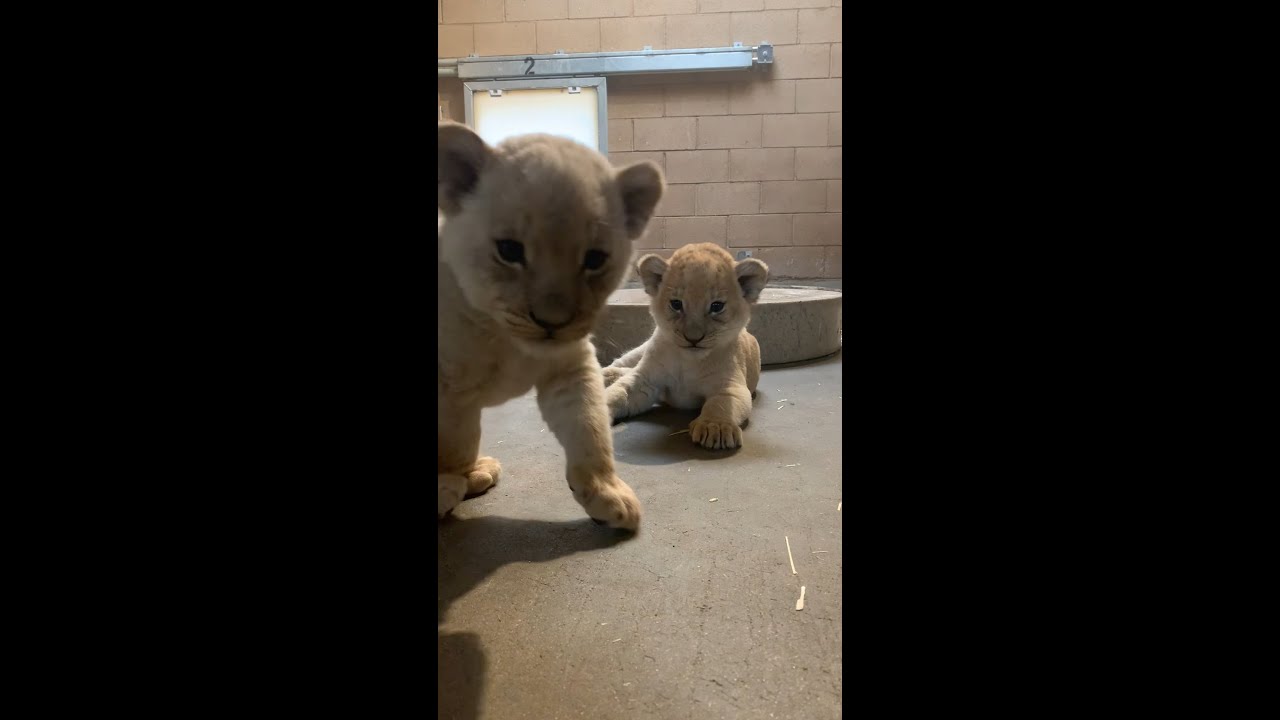- Introduction to Taraj and his species background
- Importance of biodiversity and wildlife conservation
- The role of modern zoo management in conservation efforts
- Educational impact of sharing animal stories through digital content
- Technological advancements in wildlife monitoring and care
Taraj is the latest addition to a zoo’s exhibit, captivating audiences with his majestic presence and the rich tapestry of his species’ story. Taraj, a young and sprightly big cat, belongs to a species rooted deeply in conservation efforts across the globe. Unraveling the specifics of his existence not only highlights the fascinating biological characteristics inherent to his clan but also underscores the importance of conserving these species for future generations. As with any creature under the care of a wildlife facility, understanding Taraj’s origins and the challenges facing his kin is paramount to appreciating his current role as an ambassador for wildlife education and conservation.
Taraj’s species, the African lion, is ranked among the most iconic and revered animals on the planet. Residing in savannas, grasslands, and semi-arid regions, these formidable predators are social animals that thrive in prides. A pride typically consists of related females, their offspring, and a small number of adult males. This social structure is integral to their survival, fostering cooperation in hunting and nursing responsibilities. However, relentless human encroachment and habitat fragmentation have placed immense pressure on lion populations, leading to significant declines over recent decades. The International Union for Conservation of Nature (IUCN) categorizes them as vulnerable, highlighting the urgent necessity for sustained conservation efforts to preserve not only individual animals like Taraj but the entire species.
Biodiversity is the pillar of ecological health and stability, and the decline of species like the African lion alerts scientists and conservationists to broader environmental issues. The intricate food webs and ecological processes that sustain life on Earth depend on a diverse range of species fulfilling their roles. When a species like the lion starts to dwindle, it can trigger a cascade of imbalances, affecting other species and leading to unforeseen consequences for ecosystems. These ecological dynamics are why targeted efforts to sustain and revitalize biodiversity are critical to environmental stewardship.
Modern zoo management plays a pivotal role in holding the mirror to our responsibilities toward wildlife. Zoos and aquariums have evolved from mere showcases of exotic animals to bastions of conservation, research, and education. By providing a sanctuary for animals like Taraj, these institutions actively partake in breeding programs designed to reinforce population numbers and genetic diversity. Furthermore, they engage with communities to cultivate awareness, understanding, and appreciation of wildlife and their conservation needs.
Digital platforms have transformed the landscape of wildlife education, providing zoos a powerful medium to connect more intimately with the global audience. Short, engaging content like "The results are in…Meet Taraj! #shorts" helps bolster interest among viewers, encouraging them to delve deeper into the lives of animals and conservation efforts. Storytelling through such digital content invites audiences into the nuanced world of these majestic beings while drawing attention to the broader conservation narrative. By harnessing the digital revolution, zoos can foster a connection between humans and the intricate lives of animals who depend on our protection.
Technological advancements in the care and monitoring of wildlife are reshaping conservation methodology. Radio collars, drone surveillance, and GPS tracking have made it possible for scientists to gather extensive data on wild populations, including migration patterns, habitat ranges, and behavioral habits. Within zoo environments, innovations like habitat-enriching designs and biomonitoring systems ensure that the physical and psychological needs of animals like Taraj are met comprehensively. This blend of traditional care with cutting-edge technology enables zoos to maintain the highest standards of welfare, keeping animals healthy and allowing researchers insights into their natural behaviors.
Examining the role of animals like Taraj in contemporary conservation contexts provides valuable insights into the intricate relationship between humans, animals, and the natural world. It reaffirms the commitment required to support wildlife conservation through research, education, and active engagement with global audiences. By investing in the welfare of these animals, both in captivity and in the wild, we foster a future where biodiversity can flourish and ecological balance is preserved. Taraj’s story, encapsulated in digital narratives, embodies the collective journey towards a more harmonious coexistence with all life on Earth.
*****
Source Description
What name did you vote for her BROTHAAAA?
THE RESULTS ARE IN 🥁 🥁 🥁
We’re excited to formally introduce you to, Taraj! His name means “hope/faith” in Swahili. Thank you to everyone who participated in the poll to help us choose his name. Enjoy this adorable up-close clip of Asali and Taraj together behind-the-scenes! Stay tuned for updates on the cubs as they grow! 🦁 ❤️
📹 : ZCS Courtney


